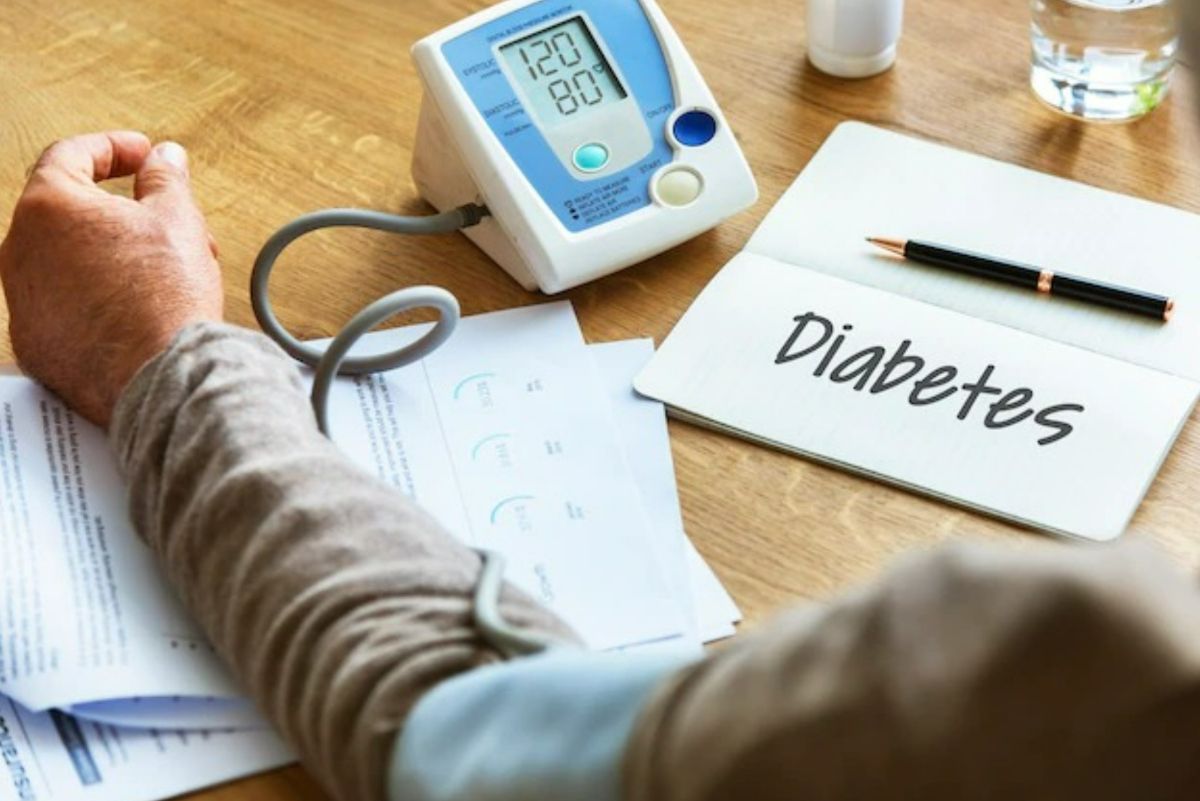Diabetes insipidus is usually caused by a problem with a hormone called vasopressin that helps your kidneys balance the amount of fluid in your body.
Diabetes insipidus is a rare disorder that causes the body to urinate excessively. While most people pass 1 to 3 quarts of urine a day, people with diabetes insipidus can pass 20 quarts of urine a day. People with this disorder have a frequent need to urinate, called polyuria. They are also always thirsty and may drink a lot of fluids, which is called polydipsia.
Causes and symptoms
People of all ages can develop diabetes insipidus. If you are more likely to develop this condition
- You have a family history of diabetes insipidus,
- You had brain surgery or a major head injury
- You take medications that can cause kidney problems, including some bipolar disorder medications and diuretics.
Diabetes insipidus is usually caused by a problem with a hormone called vasopressin that helps your kidneys balance the amount of fluid in your body. Problems with the part of your brain that controls thirst can also cause diabetes insipidus.
types
The specific causes vary among the four types of diabetes insipidus: central, nephrogenic, dipsogenic, and gestational.
- Central diabetes insipidus: In central diabetes insipidus, your body doesn’t make enough vasopressin, also called “antidiuretic hormone.” Vasopressin is produced in your hypothalamus, a small area of your brain near the pituitary gland. When the amount of fluid in your body becomes too low, the pituitary gland releases vasopressin into your bloodstream. The hormone signals your kidneys to conserve fluid by pulling fluid out of your urine and returning fluid to your bloodstream. But if your body can’t make enough vasopressin, fluid can leak out of your urine instead. Causes of central diabetes insipidus include damage to your hypothalamus or your pituitary gland from surgery, infection, inflammation, a tumor or head injury, autoimmune disorders, and inherited gene mutations.
- Nephrogenic diabetes insipidus: In nephrogenic diabetes insipidus, your body makes enough vasopressin but your kidneys don’t respond to the hormone as well as they should. As a result, excess fluid is excreted in your urine. Causes include certain medications, especially those used to treat bipolar disorder low levels of potassium in your blood high levels of calcium in your blood blocked urinary tract inherited gene mutations chronic kidney disease, although rarely
- Dipsogenic diabetes insipidus: In this type of diabetes insipidus, problems with your hypothalamus cause you to feel thirsty and drink more fluids. As a result, you may need to urinate frequently. Causes include damage to your hypothalamus from surgery, infection, inflammation, tumor or head injury, or certain medications or mental health problems.
- Gestational Diabetes Insipidus: Gestational diabetes insipidus is a rare, temporary condition that can develop during pregnancy. This type of diabetes insipidus occurs when the mother’s placenta makes too much of an enzyme that breaks down her vasopressin. Women who are pregnant with more than one baby are more likely to develop this condition because they have more placental tissue. Because the liver plays a role in controlling the enzyme that breaks down vasopressin, diseases and conditions that affect liver function also increase the risk. Examples include preeclampsia and HELLP syndrome.
treatment
- Drink plenty of fluids to prevent dehydration. But doing so can disrupt your regular lifestyle, including your sleep.
- Health care professionals often treat central diabetes insipidus with a man-made hormone called desmopressin that replaces the vasopressin your body doesn’t make. You can take this medication as a nasal spray, pill, or shot.
- In some cases, nephrogenic diabetes insipidus can go away after the cause is treated. For example, changing medications or taking steps to balance the amount of calcium or potassium in your body may be enough to resolve the problem. Diuretics called thiazides help reduce the amount of urine your kidneys make. Other treatments may include nonsteroidal anti-inflammatory drugs or other types of diuretics.
- Researchers have not found an effective way to treat dipsogenic diabetes insipidus. Chewing on ice chips or sugar-free candy to moisten your mouth and increase saliva flow can reduce your thirst. If you wake up several times during the night to urinate, your health care professional may suggest that you take a small dose of desmopressin at bedtime.
(With inputs from Dr. Ravivir Singh Bhalla, Director, Internal Medicine, Fortis Escorts Hospital Faridabad)
